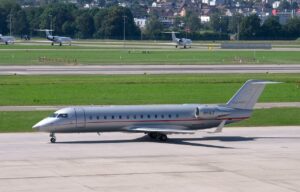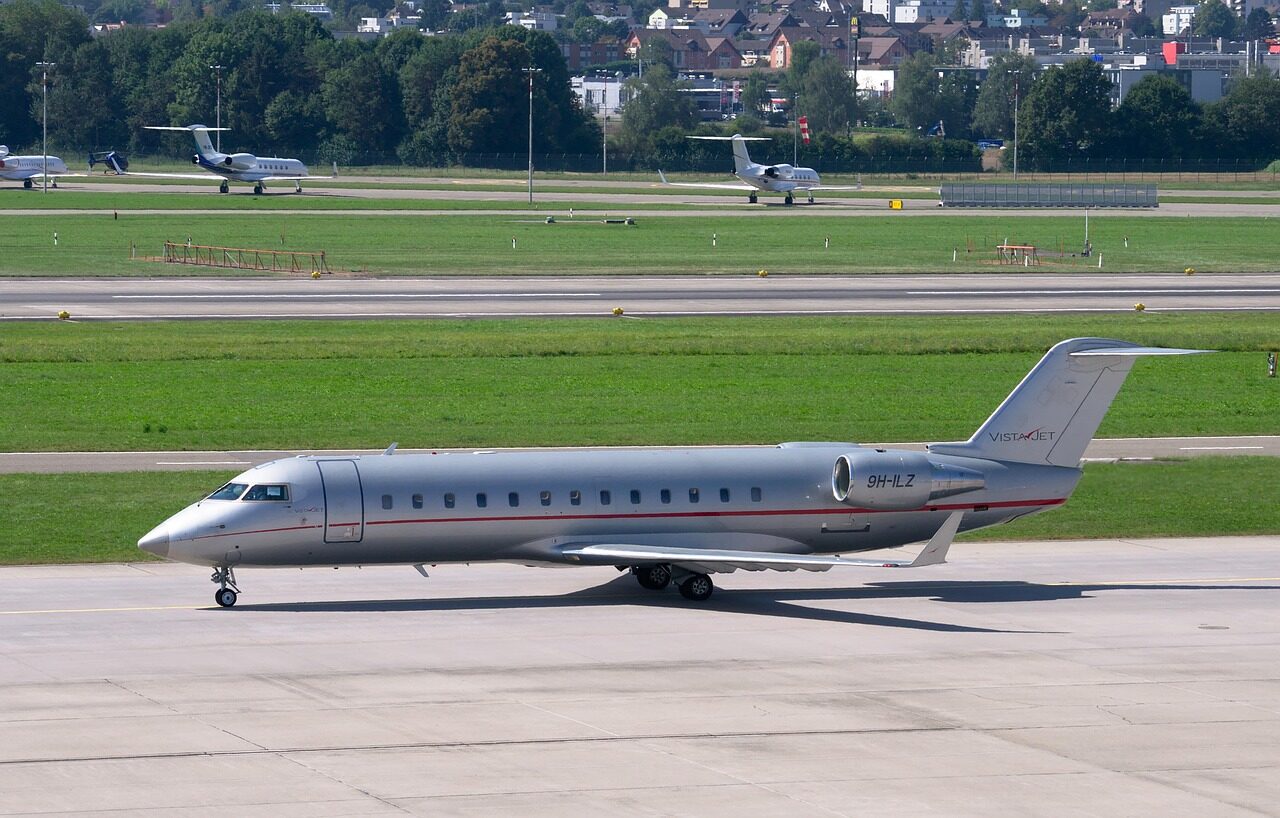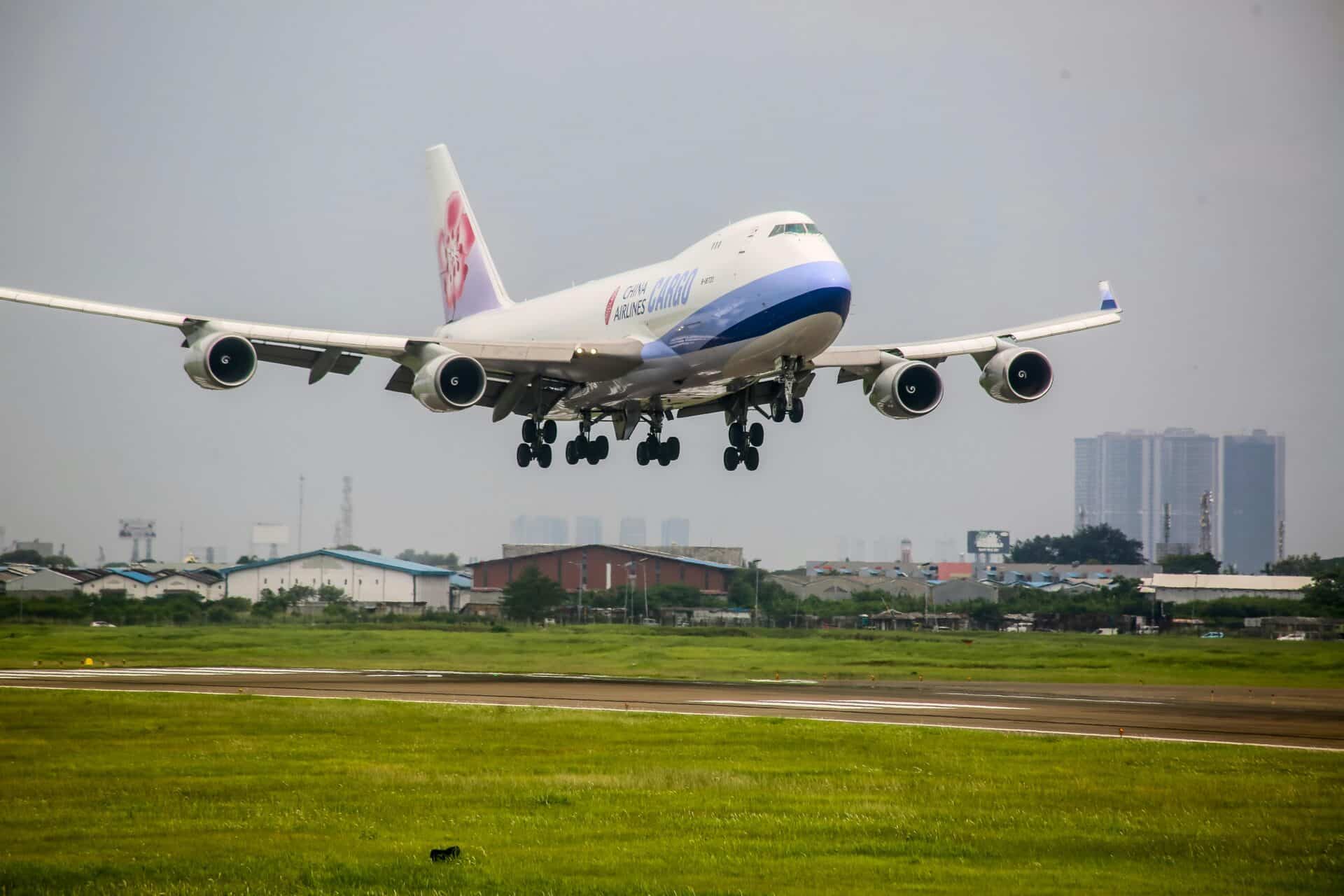In the remote, windswept expanses of Russia’s far eastern frontier, where silence speaks louder than words, a catastrophic aviation disaster has unfolded—a tragedy that transcends mere statistical reporting and delves into the profound human narrative of loss, vulnerability, and the unforgiving nature of technological limitations.
When Radar Went Silent
On an unremarkable Thursday, an Angara Airlines An-24 aircraft carrying 49 souls simply vanished from radar screens while approaching Tynda, a small town nestled in the Amur region bordering China. The sudden disappearance would mark the beginning of a heart-wrenching saga of search, discovery, and profound national mourning.
Where Technology Meets Nature’s Extreme
The crash site represents more than a geographical location—it symbolizes the complex interface between human technological ambition and nature’s raw, unpredictable power. The Amur region, with its extreme climatic conditions and vast, isolated landscapes, has long been a testament to the challenges of human navigation.
Beyond the Numbers
The passenger manifest tells a microcosmic story of human diversity:
- 43 passengers, including five children
- Six crew members
- Each number representing a universe of hopes, dreams, and unfulfilled potentials
The discrepancy between the regional governor’s count and the Emergencies Ministry’s figures only adds a layer of preliminary uncertainty to an already devastating scenario.
The An-24, a Soviet-era aircraft design, represents a poignant metaphor for Russia’s complex technological inheritance. Tracing the evolution of aviation technologies reveals a narrative of persistent adaptation and survival against formidable odds.
Initial speculation from TASS news agency points towards a potential crew error during landing, exacerbated by poor visibility. However, comprehensive aviation incident investigations demand meticulous forensic analysis that could take months, if not years.
The Recurring Narrative of Russian Aviation Challenges
The 2025 crash is not an isolated incident but part of a broader, troubling pattern:
2021: Antonov An-26 crash in Russian far east (6 fatalities)
2021: Another An-26 crash in Kamchatka (28 fatalities)
An Mi-8 helicopter from Rosaviatsiya played a crucial role in locating the burning fuselage—a testament to the resilience and professionalism of emergency response teams operating in some of the world’s most challenging environments.
The crash demands a comprehensive examination of:
- Aviation safety standards in remote regions
- Infrastructure development
- Maintenance protocols for aging aircraft fleets
- The future of aviation technology
Russian aviation, despite its challenges, continues to represent a complex narrative of technological persistence, geopolitical significance, and human determination.
Grief in the Age of Global Connectivity
Each passenger represents a network of relationships—families torn apart, futures obliterated in a moment of mechanical silence. The crash becomes a collective wound, transcending individual tragedy.
The Amur region crash is not just an aviation incident. It is a profound human story of aspiration, vulnerability, and the perpetual struggle against the unknown.
Author
-
Radu Balas: Author
Pioneering the intersection of technology and aviation, Radu transforms complex industry insights into actionable intelligence. With a decade of aerospace experience, he's not just observing the industry—he's actively shaping its future narrative through The Flying Engineer.
View all posts Founder
















